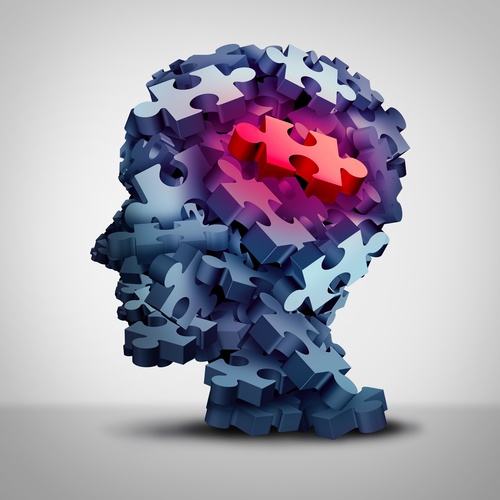
Choose a channel
Check out the different Progress in Mind content channels.

Progress in Mind

Syndromal psychiatric diagnoses are based on guidance provided by the International Classification of Diseases (ICD) and the Diagnostic and Statistical Manual of Mental Disorders (DSM). A presidential symposium audience at WCP 2019 heard that such syndromal diagnosis needs further characterization to enable personalization of treatment and guide prognosis. Such characterization is now possible and evolving by using novel neuroimaging technologies combined with artificial intelligence (AI), machine learning and big data techniques.
Syndromal diagnosis is the right starting point, but must be followed by characterization
Psychiatric symptoms are not equal
Psychiatric diagnoses are based on the guidelines provided by:
However, reliance on ICD and DSM psychiatric diagnosis, as a guide for treatment and prognosis, has many limitations, said the first speaker.
Current psychiatric diagnostic categories have limited clinical utility
First, the ICD and DSM do not take into account that all symptoms are not equal. Symptoms vary in their effect on psychosocial impairment, and overall, among people with major depressive disorder (MDD), sad mood and impaired concentration are among the most debilitating symptoms.1
Other relevant symptom domains for a psychiatric diagnosis that are not included or only partially included in ICD/DSM classifications include:
There is a need to go below the surface and characterize the elements of psychosis and MDD
A patient’s reconstruction of past experiences, which tend to be seen in a negative light, the lack of identifying biomarkers, and no validated classification are additional confounding factors, added the speaker.
A full history is needed to characterize the syndromal diagnosis
There is a need to go below the surface and characterize the elements of psychosis and MDD, for example in line with the neurobiological hypothesis for the classification of schizophrenia,2 explained the first speaker. Treatment can then be better personalized for the patient. Therapies are not interchangeable for different phenotypes of psychosis and MDD.
Therapies are not interchangeable for different phenotypes of psychosis and MDD
However, it takes more time than in other specialties to obtain a full history to characterize the syndromal diagnosis, and the need for the additional time is not recognized or provided for, particularly by payors of the service.
New tools are therefore being developed to help characterize the diagnosis, for example for diagnoses with different scenarios of care.
New technologies can complement current diagnostic systems
Advances in magnetic resonance imaging (MRI) are revealing neuroimaging biomarkers to characterize psychiatric diagnosis,3 said the second speaker, for example through:
Invaluable in-vivo data on brain structure and function are obtained when these neuroimaging technologies are combined with AI, machine learning and big data techniques.
Neuroimaging biomarkers refine psychiatric diagnosis
The speaker noted the challenging but important work needed to identify biomarkers and features to refine psychiatric diagnosis, whilst recognizing the limitations of the techniques:
She concluded by highlighting the need for:
Our correspondent’s highlights from the symposium are meant as a fair representation of the scientific content presented. The views and opinions expressed on this page do not necessarily reflect those of Lundbeck.
1. Fried E, et al. PLoS ONE 2014;9:e90311.
2. Howes O, Kapur S. Br J Psych. 2014;205:1–3.
3. Gong B, et al. Neuroimaging. 2019;29:14–33.